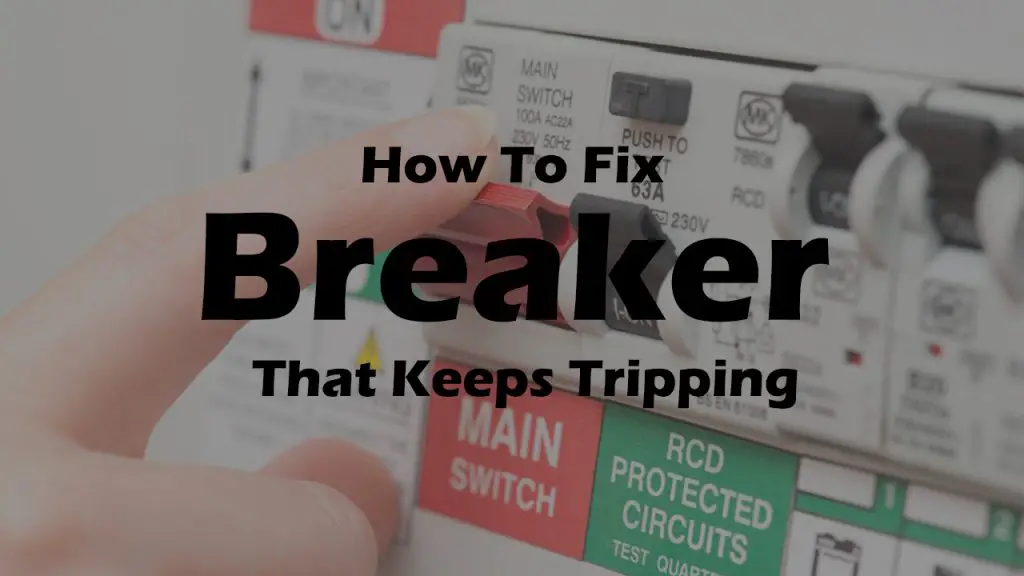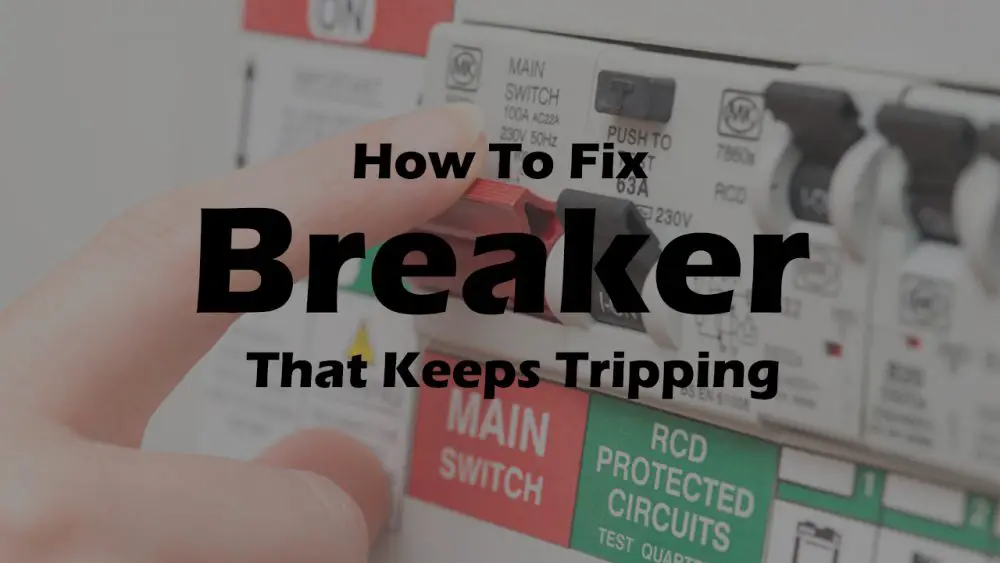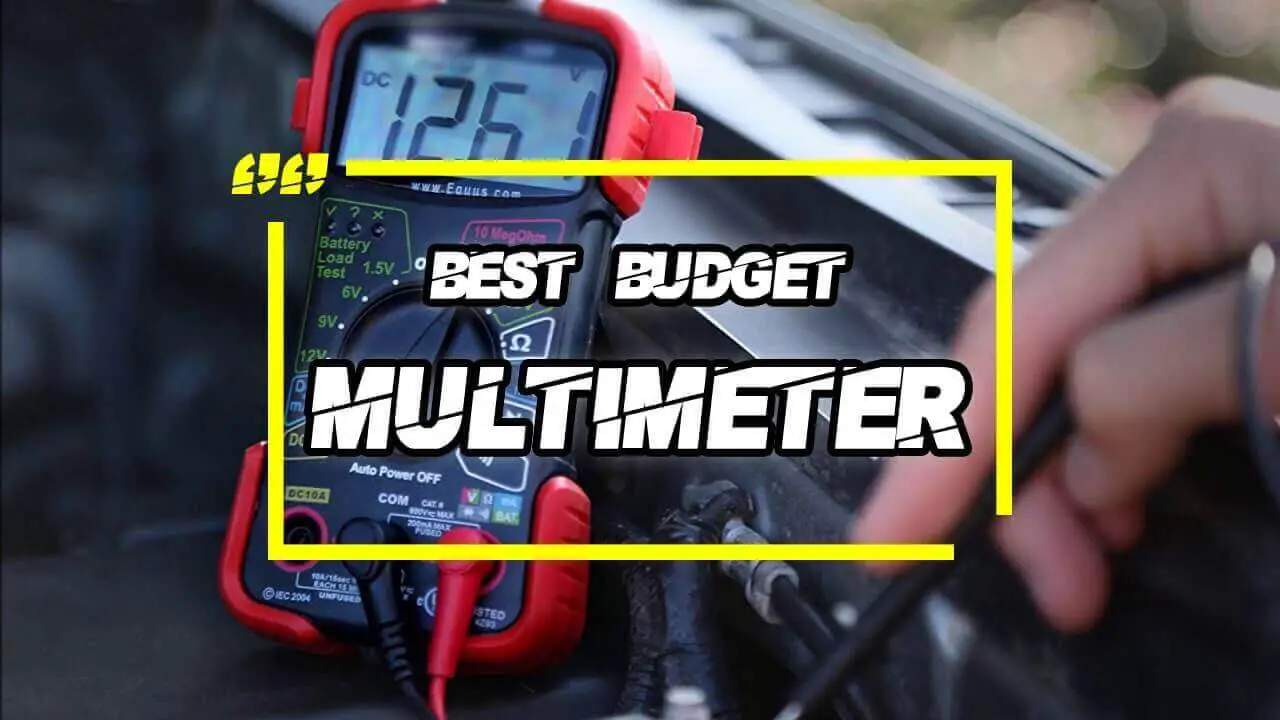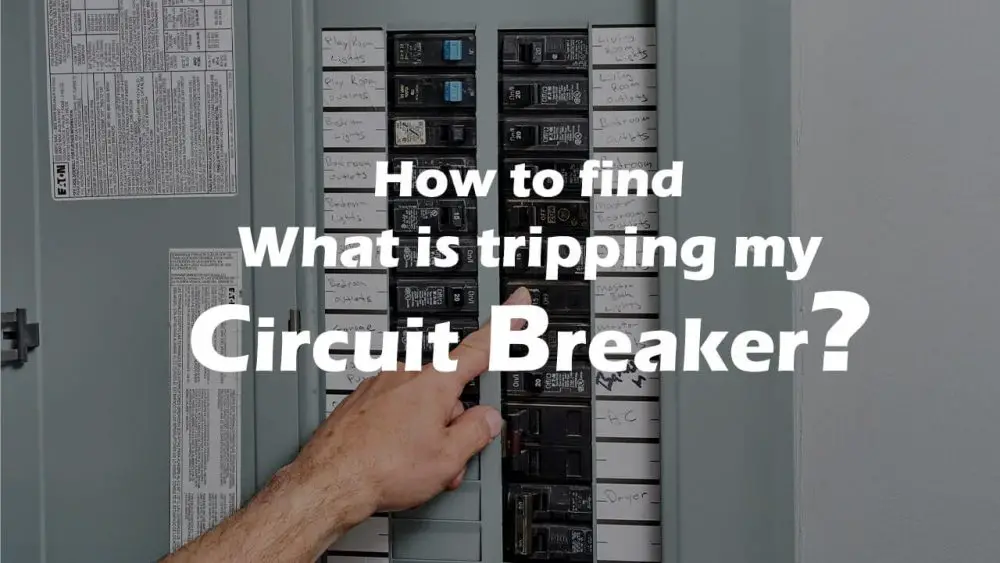How To Fix A Breaker That Keeps Tripping
We could figure out and give you some troubleshooting techniques that we use to help us figure out a circuit. The panel box that was tripping was a circuit. Let’s turn the power off and go to that circuit that we had in the pole barn and we, unfortunately, broke the circuit in half in the circuit panels.
The first thing was to turn the power off and we took one circuit and disconnected it from the plug and turned the breaker back to the on position. The breaker held it didn’t trip so we disconnected it then we put the circuit back to on position and sure enough, it popped as soon as we put it on. That means the problem is in the second circuit. what we are going to do now is take the plug out of here and disconnect all this. Put a brand new piece of wire from one box over to the other box right here. What we do now and the best thing, when you troubleshoot an electrical circuit is to break it in half. Where it ends and then goes halfway, break the circuit like this and then turn the breaker back on and see if it holds or not and if it’s if it not holds then you know there’s going to be a problem.
Table of Contents
How to Replace a Circuit Breaker that keeps Tripping
When a circuit breaker keeps tripping it will weaken the apparatus itself and the instantly tripping could be a short circuit or ground fault. If you have got a circuit breaker driving you mad, maybe it’s tripping all the time or just once in a while. So this article is for you. We are going to tell you how to replace a circuit breaker using tools. Many people don’t realise that the circuit breakers themselves can fail. There have been many on the market that has been recalled. Circuit breakers are subject to high humidity or things like voltage spikes, and keep in mind that any electrical work carries some type of risk. So the option is a replacement. But you have to decide if this is safe for you or if you want to hire somebody else.
What you will need
- A rubber gloves for safety purposes
- Eye safety glasses
- Screwdriver
- Flashlight if needed
- A new circuit breaker

1. The first thing to do while tripping the breaker
Now we already have a 15 amp breaker that we want to replace because it’s been tripping for about a year, and we know there’s nothing else wrong with the circuit; grab your phone and
take a picture of the breaker itself. When you think about breakers, most people are just worried about the amp rating that’s 15 amps or the 20 amps you see there.
2. Identify the Brand, Size and Type of the Circuit Breaker
But the thing you need to be concerned with is those numbers that are on the breaker. Because that is the part number that will help you to get the right one. When you go to the store and see the square D boxes, everybody thinks they are tough guys. Grab a 15 amp breaker and head for the register. We have got to be careful because many of these companies make multiple lines of breakers. You can see a red box and a blue box, both made by square D, and the breakers look like they are the same; you have to compare those part numbers to make sure you are getting the correct type of breaker. And here is a replacement 15 amp breaker for my square D panel.
3. Look at the wiring of the Breaker type
You will want to notice one thing on the bottom: you see what looks like a type of grease. Some people go and wipe it out of there thinking that it shouldn’t be there, but grease is designed to help it go into the panel smoothly or efficiently. Before we install this, we want to share one more essential tip: how the wire attaches to the breaker. You can see that tiny screw terminal, and many people will put the wire underneath the screw. Hence they will do it completely wrong.
You need to insert the wire between those two small plates; you are not putting the wire under the screw head, and then we will screw it down tight. Then, at the panel, you want to identify the breaker you want to replace.
4. Turn Off the Main Power
Flip it to the off position, and mark it using that painter’s tape. Take the cover off the panel, switch off the main breaker you want to reduce any risk to yourself and have a flashlight ready to replace. Now you can remove the cover and just take off all the screws using your flathead screwdriver but remember this cover can be heavy, and it won’t stay in position once the final screws are removed, so make sure you are holding on to it as you take it off with your main breaker off. You might not think there’s any power in the panel at all.
5. Precautions while playing with the wires
Still, it doesn’t work that way when the power comes in for the street; it’s coming in from those top three wires now; we have two black ones and one aluminium in the middle. Those wires are always live, which means there’s power there. You should never touch any of them. The only power that’s off in your panel is from the main breaker and below, and you can also verify that there’s no power by using a multimeter or one of these inexpensive voltage detection pens that light up and sound an alarm if there’s any power present. Now that you know a bit more about what you’re doing in safety. Finally, we let’s swap the breaker out, so grab your flathead screwdriver and unscrew the screw that’s on the end of the breaker. Once it’s lost, you can pull the wire that’s feeding the breaker out.
6. Disconnect the Breaker
You’ll just want to put it a little bit to the side. You might be surprised to learn the breakers aren’t held in with any type of a screw or anything else. You can just grab the edge of it, and you’ll kind of force the breaker outward. If you’re replacing a breaker on the right-hand side of your panel, you’re going to push it likely, and you’ll see that the breaker will just come right out now. If it was on the left-hand side, you just make it in the opposite direction, but that minor key on the edge is what holds it in. Then it’s just friction that keeps it in place now with our opening ready; just grab your new breaker. You can’t just push it straight in. If you try to put it in like this, the breaker will not go in to do it the correct way.
7. Replace the Breaker
You’re going to insert the breaker at an angle, and now that little hook, in the end, will engage, and once it locks in, you can push the opposite end of the breaker in. It will feel right when it goes in, and there’s no way to put this thing upside down or backwards now. Just take your wire and insert it into the breaker itself now; some breakers have those screws tight right from the store, so you may need to loosen it up first, you don’t just shove that wire in anywhere. Be sure it goes between those two small plates.
8. Reconnect the Breaker Wire Properly
Another important thing is to hold on to that wire when you’re tightening it. If you don’t, it can force it out. It can have a loose connection so just keep it held in place while you’re screwing it down, and then you want to make sure the screw is nice and tight you’re not trying to break the screw head off. Still, you want to make sure it’s snug and that the wire is secure.
9. Power On and Turn On the Circuit Breaker
The new breaker is in now. We’ve just got to replace our cover now. These things can weigh a lot. Hence, you want to make sure that you keep a good solid hand on the body before you screw it down. You might even need to wiggle the cover a little bit so that everything kind of locks in position, and you’ll know when you get it right. Then you can put the screws in now with everything snug and looking good. Finally, we can turn the power back on by flipping on our main breaker. Now those main breakers can need a little bit of force to turn them on, so we recommend using two thumbs when it snaps into position.
Frequently Asked Questions
They both have the same function but the work done is different. Both fuses and breakers stop the flow of electricity to prevent danger. Circuit breakers can be reset each time if there is a trip, but fuses need replacement. For this positive reason, circuit breakers are more practical in use. But in the old house electricity fuses are also in use.
Because of frequent tripping, the mechanism inside the body of the breaker is weakened, some times the circuit breaker’s material is not good these are the failure of the breaker. Try to buy good brands for long-lasting work.
Conclusion
A circuit breaker is not a very difficult task to install. However, it has considered the most intimidating part of home electrical work. Usually, people choose not to do it themselves because they might get shocked. However, installing circuit breakers into most house electrical panels doesn’t have to be dangerous or complicated. If you know the layout of your circuit panel by understanding and taking adequate precautions, and with the help of this article, you can safely install a circuit breaker in your home.
Related posts:
What can cause a circuit to fail without tripping the circuit breaker?


![10 Best multimeter for the money – Top Picks & Reviews [2022] best multimeter for the money](https://multimetertools.com/wp-content/uploads/2021/03/best-multimeter-for-the-money-1-1-1-1-1-1.jpg)


